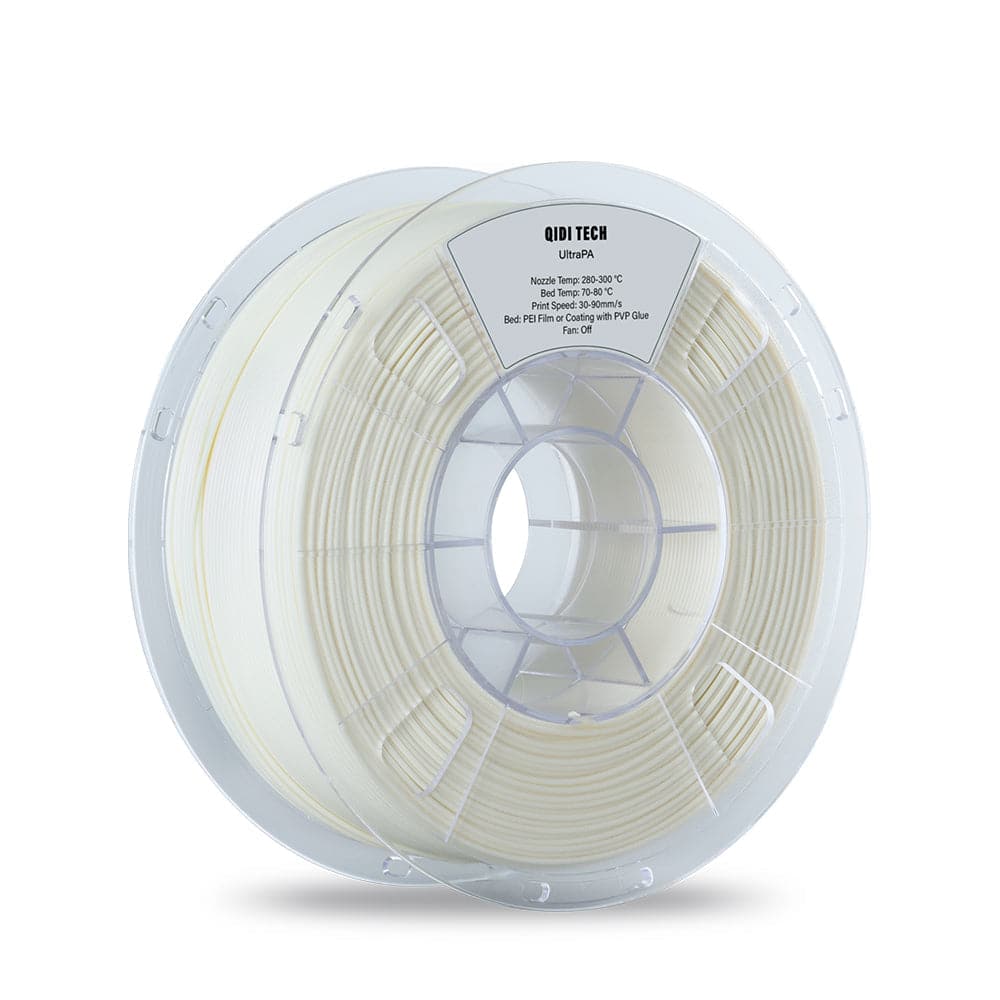Unlock the Secrets to Perfect 3D Prints with Nylon Filament!
The world of 3D printing has exploded in popularity over the past few years, transforming how enthusiasts and professionals alike approach design and manufacturing. One of the most crucial aspects that can make or break a project is the choice of material. Among the myriad options available, nylon filament stands out due to its unique properties. Known for its strength, flexibility, and durability, nylon filament is an excellent choice for a wide range of applications, from functional prototypes to intricate artistic designs. In this article, we will delve into the essential factors to consider when choosing the right nylon filament for your next 3D printing project, ensuring that you achieve the success you desire.

Understanding Nylon Filament
Nylon filament is a synthetic polymer made from polyamide, a type of plastic known for its exceptional durability and flexibility. Its chemical structure contributes to its impressive strength-to-weight ratio, making it a popular choice for high-performance applications. Compared to other materials like PLA or ABS, nylon filament offers superior resilience and impact resistance, allowing printed objects to withstand stress and strain better. There are various types of nylon filament available, including Nylon 610, Nylon 66, and Nylon 12, each with its specific properties and advantages. For instance, Nylon 66 is known for its high heat resistance, while Nylon 12 boasts excellent chemical resistance and lower moisture absorption, making it ideal for various environments.
Benefits of Using Nylon Filament for 3D Printing
One of the standout benefits of using nylon filament is its resistance to impact and wear, which makes it particularly useful for functional parts that undergo regular use. The material’s chemical resistance allows for successful prints in environments where exposure to oils, greases, or other chemicals is a concern. Furthermore, nylon filament is capable of producing high-quality, detailed prints, thanks to its ability to adhere well to itself during the printing process. This leads to stronger layer bonding, resulting in parts that are not just visually appealing but also robust. Additionally, nylon filament performs exceptionally well in varying temperature conditions, making it suitable for applications in both hot and cold environments.
How to Choose the Right Nylon Filament
When selecting nylon filament for your 3D printing projects, several factors need to be considered. Firstly, the filament diameter is crucial—most printers accept either 1.75mm or 2.85mm filaments, so ensuring compatibility with your machine is vital. Next, consider the color options available; while nylon filament can be found in a wide array of colors, some specialized versions may only come in specific hues. It’s also essential to check the filament’s specifications, including its melting temperature and moisture absorption rates, as these can significantly affect your printing experience. Additionally, user reviews can provide valuable insights into how well a particular nylon filament performs, helping you to make an informed decision based on real-world experiences. A friend of mine once shared how switching to a specific brand of nylon filament improved the durability of her prints, providing an excellent case in point for the importance of thorough research.
Best Practices for Printing with Nylon Filament
To achieve the best results when printing with nylon filament, there are several best practices to follow. First and foremost, consider the temperature settings; nylon generally requires a higher extrusion temperature than other materials, often around 240-260°C. Ensuring proper bed adhesion is another critical factor, as nylon can warp if not secured adequately during printing. A heated bed, ideally set between 70-100°C, can help mitigate this issue. For added adhesion, consider using a glue stick or a specialized adhesive. Post-processing techniques also play a role in achieving a polished final product. Smoothing the surface with a heat gun or treating it with specific chemicals can enhance the appearance and durability of the print. During my early 3D printing days, I encountered challenges with nylon filament warping, but after adjusting my settings and experimenting with different bed surfaces, I finally achieved the flawless prints I had envisioned.
Maximizing the Benefits of Nylon Filament
As we have explored, nylon filament is a formidable material in the realm of 3D printing, offering unique properties that can elevate your projects to new heights. From its impressive durability and flexibility to its ability to produce high-quality prints, the advantages of nylon filament are clear. By understanding how to choose the right type and implementing best practices during printing, you can unlock the full potential of this fantastic material. So, whether you're a seasoned professional or a curious beginner, don’t hesitate to experiment with nylon filament in your next 3D printing endeavor—embrace the endless possibilities it offers!








